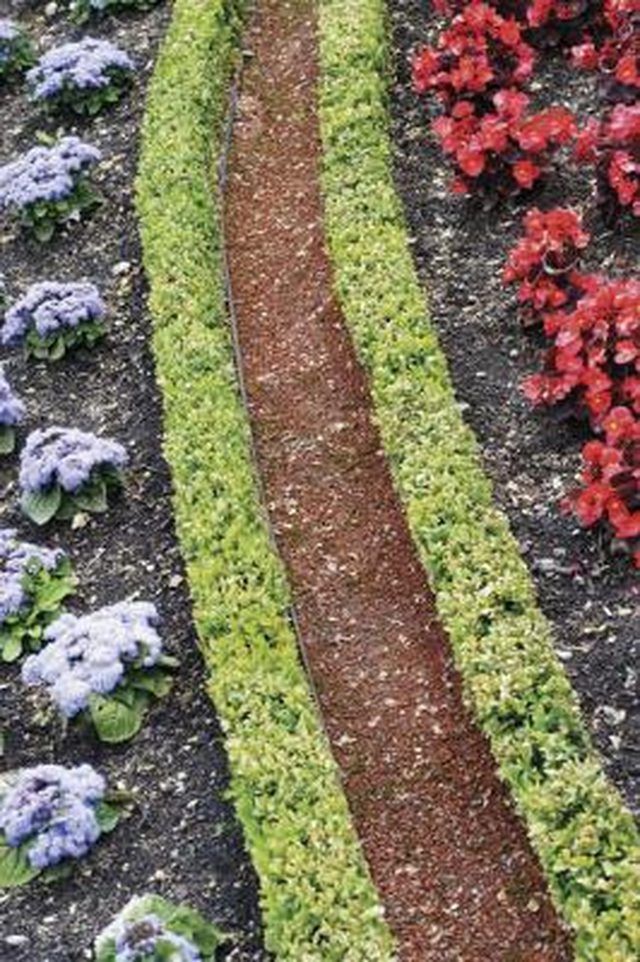Bulbs
Flower Basics
Flower Beds & Specialty Gardens
Flower Garden
Garden Furniture
Garden Gnomes
Garden Seeds
Garden Sheds
Garden Statues
Garden Tools & Supplies
Gardening Basics
Green & Organic
Groundcovers & Vines
Growing Annuals
Growing Basil
Growing Beans
Growing Berries
Growing Blueberries
Growing Cactus
Growing Corn
Growing Cotton
Growing Edibles
Growing Flowers
Growing Garlic
Growing Grapes
Growing Grass
Growing Herbs
Growing Jasmine
Growing Mint
Growing Mushrooms
Orchids
Growing Peanuts
Growing Perennials
Growing Plants
Growing Rosemary
Growing Roses
Growing Strawberries
Growing Sunflowers
Growing Thyme
Growing Tomatoes
Growing Tulips
Growing Vegetables
Herb Basics
Herb Garden
Indoor Growing
Landscaping Basics
Landscaping Patios
Landscaping Plants
Landscaping Shrubs
Landscaping Trees
Landscaping Walks & Pathways
Lawn Basics
Lawn Maintenance
Lawn Mowers
Lawn Ornaments
Lawn Planting
Lawn Tools
Outdoor Growing
Overall Landscape Planning
Pests, Weeds & Problems
Plant Basics
Rock Garden
Rose Garden
Shrubs
Soil
Specialty Gardens
Trees
Vegetable Garden
Yard Maintenance
How to Edge a Bed with Miniature Boxwood
How to Edge a Bed with Miniature Boxwood. Miniature boxwood is a small evergreen shrub that can be planted individually, in groupings or as a small hedge. Using boxwood to line a garden bed helps to define the shape of the bed. When the miniature boxwood plants are kept neatly trimmed, they add a formal look to the garden. Boxwood is an easy plant...

Miniature boxwood is a small evergreen shrub that can be planted individually, in groupings or as a small hedge. Using boxwood to line a garden bed helps to define the shape of the bed. When the miniature boxwood plants are kept neatly trimmed, they add a formal look to the garden. Boxwood is an easy plant to grow and is readily available from nurseries and large home centers. It will grow in many areas and lasts for many years.
Things You'll Need
Shovel
Sharp pruning shears
Prepare the soil along the edge of the bed for planting the boxwood. Soil should be loosened thoroughly, but does not need to be particularly rich in nutrients. Boxwood will thrive in many different kinds of soils, though it does not do well if the soil is highly alkaline.
Determine the placement of the boxwood plants. This will depend on the eventual size of the plants and how thick of an edge you want. Plant larger boxwood 3 to 4 feet apart. Plant the very small varieties as close as 1 foot from each other. As they grow they will overlap branches, forming an even, dense border.
Dig a hole for each boxwood plant. The hole should be wider and deeper than the root ball. Set each plant into a hole and use enough fill dirt so that the plant's roots are covered but the stems are above the soil.
Water well, even during the winter, so that the plant does not dry out completely. How much you water depends on the local climate. During dry periods water at least weekly, and in the winter give these plants water every 10 to 14 days. Boxwood is a hardy evergreen but it cannot survive extremely harsh winter conditions. Watering it will help it through difficult periods and increase its survival rate.
Trim the boxwood often if you want it to have a neat, formal appearance. Don't let the branches get long and leggy before you start trimming, or the plant will lose its compact look. Cut back long branches even on recently planted boxwood, guiding the plants toward the desired shape.
Tips & Warnings
Trim miniature boxwood plants so that the tops are narrower than the base of the plants. This creates a dense, sturdy edge for your bed. Don't trim the branches on either side of the plants so that the plants will grow together and create a long, continuous hedge.
In areas with harsh winters, miniature boxwood needs to be planted in a sheltered area so that it is protected from extreme cold and harsh winds. Otherwise it may become discolored or die.